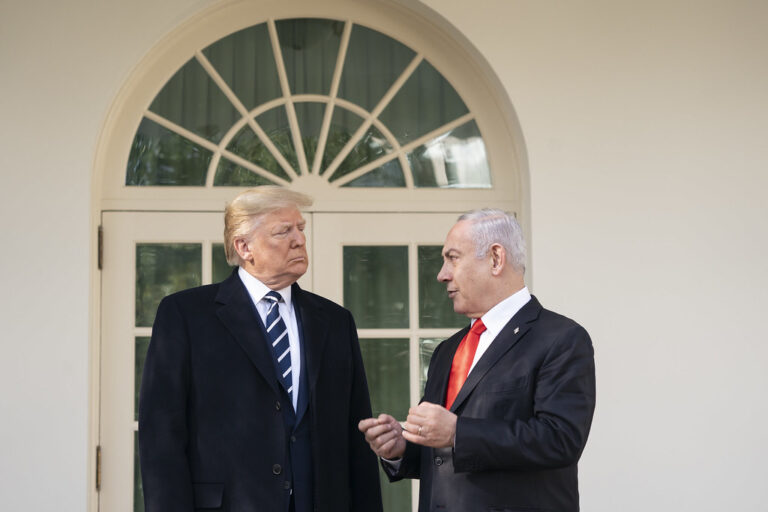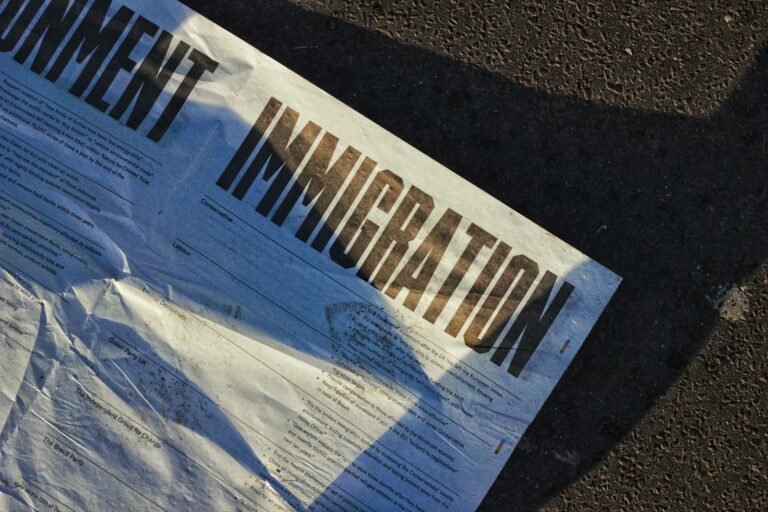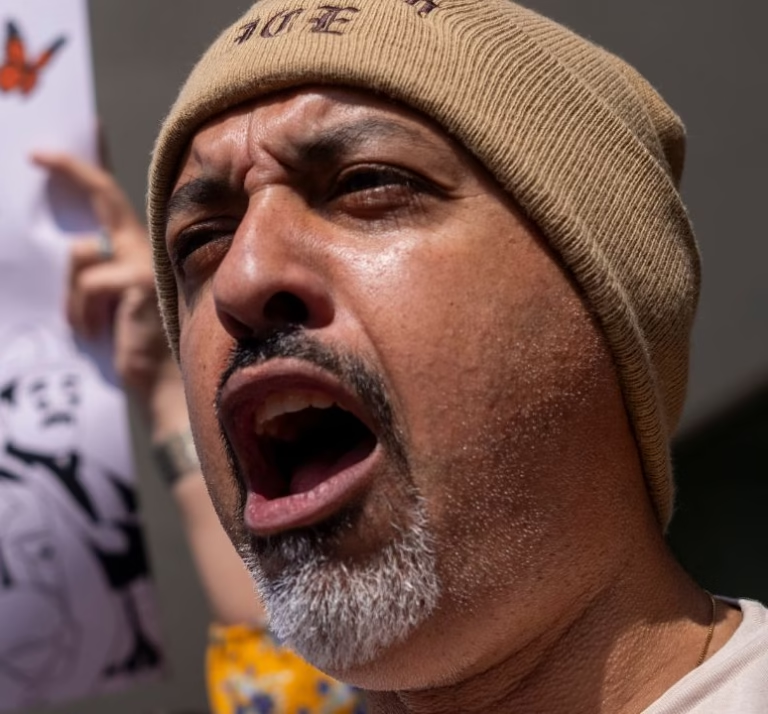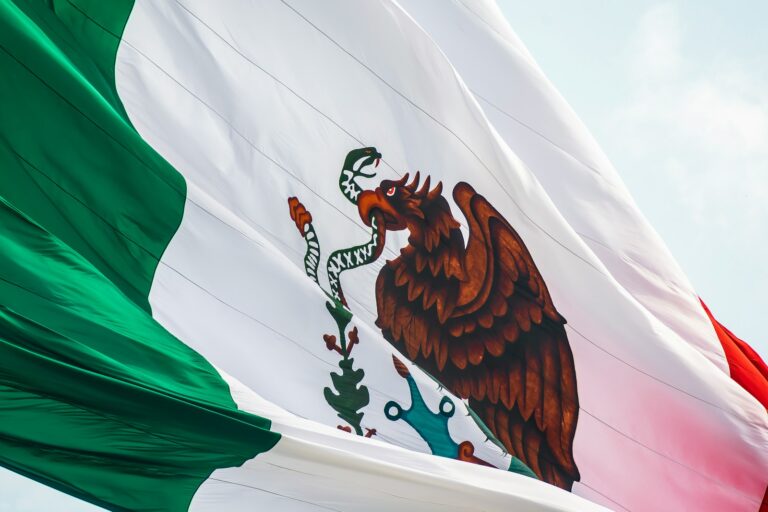Key Takeaways
- Israel and Iran are in an escalating conflict with missile and drone attacks.
- Israeli Prime Minister Benjamin Netanyahu says he wouldn’t rule out targeting Iran’s Supreme Leader.
- The fighting shows no signs of stopping as the fourth day comes to a close.
Day Four of Conflict: No End in Sight
The fighting between Israel and Iran has entered its fourth day, with both sides exchanging missiles and drones. The situation remains tense, and there’s no clear sign of when the violence might stop.
In a recent interview, Israeli Prime Minister Benjamin Netanyahu made a shocking statement. He told ABC News that he hasn’t ruled out the possibility of targeting Iran’s Supreme Leader. Netanyahu claimed that such an action could end the conflict rather than make it worse.
This statement has raised eyebrows worldwide. Many are wondering if this is a realistic solution or if it could lead to even more violence. The conflict has already caused significant damage, and the human cost continues to rise.
Netanyahu’s Bold Claim
Netanyahu’s words are significant. He’s suggesting that removing Iran’s Supreme Leader could bring an end to the fighting. However, experts warn that such a move could have serious consequences.
Iran’s Supreme Leader is a key figure in the country’s government and military decisions. If he were targeted, it could lead to a strong response from Iran and its allies. Some fear this could escalate the conflict further.
Meanwhile, Netanyahu’s statement has sparked debate. Supporters argue that it’s a bold move to protect Israel. Critics, however, believe it’s a risky strategy that could backfire.
Ongoing Violence: Missiles and Drones Continue to Fly
While leaders are making statements, the fighting on the ground continues. Both sides have launched missile and drone attacks, causing destruction and casualties.
The violence has affected civilians on both sides. People are losing their homes, and many are living in fear. The international community is urging calm, but neither side seems willing to back down.
What’s Next?
The conflict between Israel and Iran is complex. It involves decades of tension, religious differences, and competing interests in the region.
As the fighting continues, the world is watching closely. Many are hoping for a peaceful resolution, but it’s unclear how that might happen.
For now, the violence shows no signs of slowing down. Netanyahu’s statement has added fuel to the fire, and the next few days will be crucial in determining the outcome of this conflict.
Stay tuned for more updates as this situation develops.









